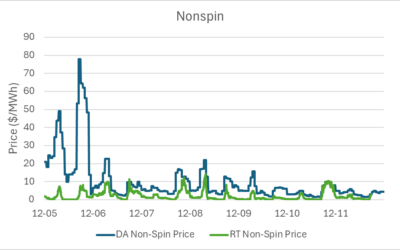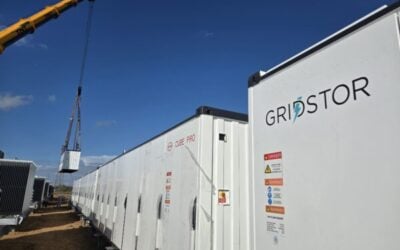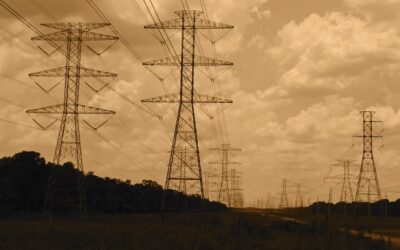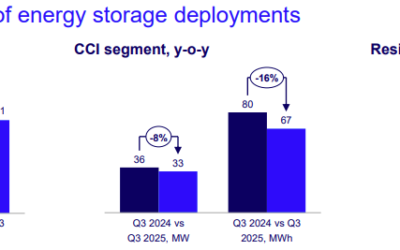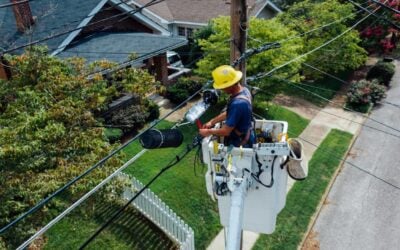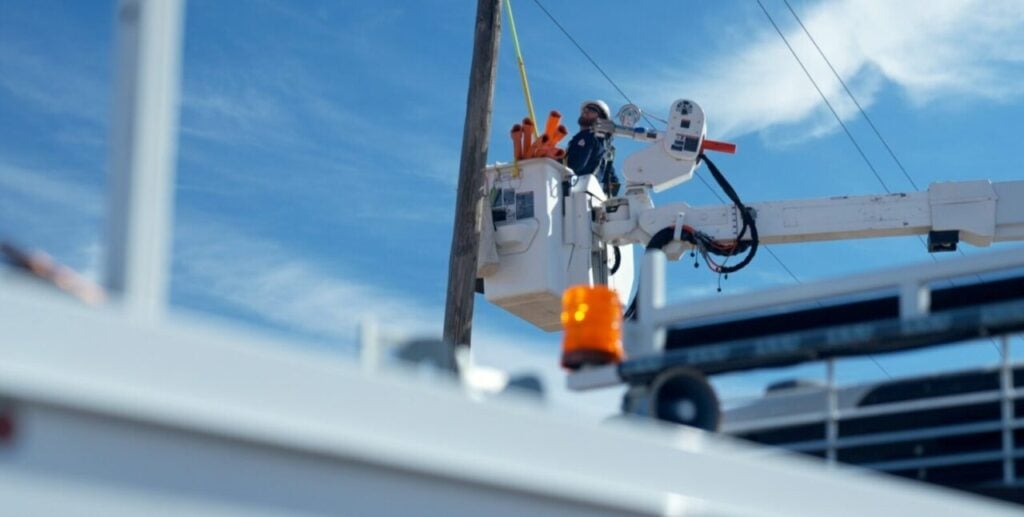
Investor-owned utility (IOU) Southwestern Public Service Company (SPS) is seeking approval from the New Mexico Public Regulation Commission (NMPRC) to construct a new eight-project portfolio of self-build energy assets.
The portfolio includes two BESS projects totalling 472MW/1.88GWh of cumulative capacity along with new solar, wind and fossil gas facilities. SPS is seeking expedited regulatory approval of the new assets in order to address what it referred to as a “significant capacity deficit.”
c.4GW capacity deficit occurring in 2030
The Xcel Energy-owned subsidiary outlined details of the eight projects as part of a series of detailed documents filed with the NMPRC on September 25 2025.
The portfolio has been created in response to the utility’s most recent integrated resource plan (IRP), which SPS filed a year earlier than planned in the face of increasing electricity demand.
Try Premium for just $1
- Full premium access for the first month at only $1
- Converts to an annual rate after 30 days unless cancelled
- Cancel anytime during the trial period
Premium Benefits
- Expert industry analysis and interviews
- Digital access to PV Tech Power journal
- Exclusive event discounts
Or get the full Premium subscription right away
Or continue reading this article for free
Alarmingly, the October 2023 plan identified a system-wide capacity deficit of 770MW occurring in 2027, increasing to a further 1,760MW-3,963MW shortfall set to occur between 2028-2030.
SPS is forecasting an approximately 40% increase in its peak summer electricity demand over the next five years, which it attributes to three factors.
“This growth largely stems from rapid electrification of oil and gas production in the Permian Basin, expansion of data centers, and siting of other large commercial and industrial loads,” said the utility within its recent filings.
Utilities across the US are currently scrambling to meet the demand of the country’s growing data center industry. As recently reported by Energy-Storage.news, Arkansas utility Entergy is seeking regulatory approval of a 1.4GWh BESS facility to support the future demand of a Google-owned data center.
In order to address the identified deficit, SPS launched an all-source RFP during 2024, from which the utility selected 17 projects totalling over 5GW of cumulative capacity.
However, the most recent documents filed with the NMPRC only outline details of the facilities which SPS intends to develop themselves.
The remaining nine projects are being developed by third-party companies, with SPS currently in power purchase and build transfer agreement negotiations.
“SPS is negotiating those contracts and expects it will take several months to finalize them,” said the utility.
Sagamore and Plant X additions
Details of the two BESS projects totalling 472MW/1.88GWh which form part of the new self-build portfolio were outlined as part of written testimony filed by Xcel Energy director of capital projects development Bradley Morrison.
The first and significantly larger 322MW/1,288MWh project, known as Sagamore BESS, will be co-located with SPS’s existing Sagamore Wind project, located approximately 22 miles southeast of the City of Portales in Roosevelt County, New Mexico.
The smaller 150MW/600MWh BESS, known as Plant X BESS, will be paired with the utility’s Plant X fossil fuel plant located in Lamb County, Texas.
With the projects being co-located, both will be connected to the Southwest Power Pool (SPP) grid using surplus interconnection capacity.
Both projects will utilise lithium iron phosphate (LFP) battery technology from Sungrow, with the utility stating that it has already secured supply agreements for the BESS equipment.
SPS has also entered into agreements with Mortenson to deliver the balance of plant engineering, procurement and construction (EPC).
The new BESS additions at Sagamore and Plant X are expected to come online during November 2027 and May 2028, respectively.
ITCs and new FEOC rules
With SPS planning to invest approximately US$634 million into the Plant X and Sagamore BESS additions, the utility hopes to recoup some of this cost by qualifying for benefits provided by the Inflation Reduction Act (IRA).
Namely, as construction is expected to commence “long before the phaseout of [energy storage] investment tax credits (ITCs),” SPS has forecasted both projects to qualify for the 30% 48E ITC.
With SPS expecting both projects to also qualify for the 10% energy community credit bonus, the Sagamore and Plant X BESS projects will generate tax credits worth an estimated US$253 million.
As recently reported by Energy-Storage.news, new foreign entity of concern (FEOC) rules stipulate that projects receiving tax credit support cannot benefit from material assistance from prohibited foreign entities (PFEs) above a certain threshold.
With China on this list of PFEs and also where Sungrow is based, these new rules could prevent SPS from receiving any tax credit support.
However, the utility revealed that it plans to work around this by commencing off-site construction before January 1, 2026 when the new FEOC rules take effect.
SPS has asked the NMPRC to approve construction of its new eight-project portfolio no later than March 25, 2026.

